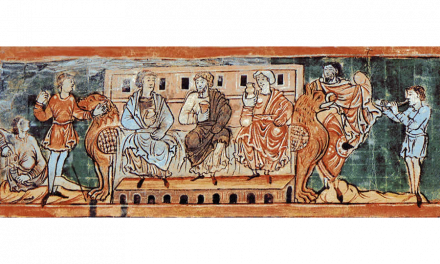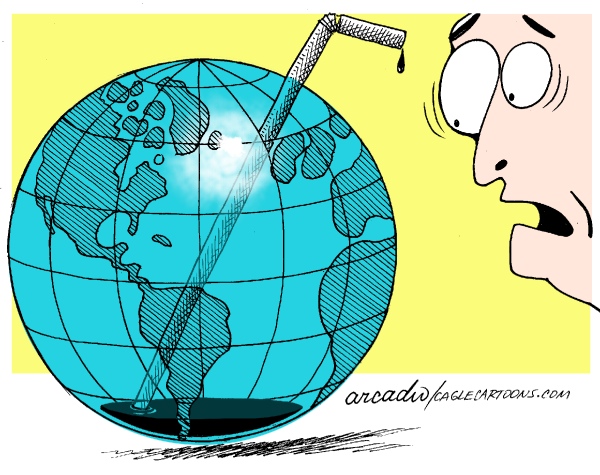How would you rate your vocabulary ? Average; Better than Average ; Exceptional ?
It may not matter how good you think your command of English is because in this article we reveal some surprising revelations about some of the words, you may have thought you had a thorough understanding of, had, in point of fact, some VERY different meanings in the past.
It’s not just modern “youf speak” that is changing words meanings. As you will see any word might be knocked and buffeted and subjected to many twists and turns over the centuries they have been in use.
Here’s 5 of them …
Ambidextrous
Originally meant ‘duplicitous’
The word ambidextrous literally means ‘right-handed on both sides’ but in its use today we obviously use it to mean someone is able to use their left hand as proficiently as their right.
However, when it originally emerged in the language back in the 16th century, ambidextrous meant ‘deceitful’ or ‘double-dealing’, while an ambidexter was a dishonest lawyer or juror who would accept a payment (literally, one in each hand) from both parties in a legal dispute.
The more familiar use of ambidextrous to mean ‘capable of using both hands equally well’ emerged much later in the 1500s. For a while, these two meanings – one carrying connotations of duplicity and double-dealing, the other dexterity and intelligence – coexisted in the language until the current meaning finally took precedence in the early 19th century.
Bimbo
Originally referred to a man
The word Bimbo is actually derived from an Italian word for a baby boy (a baby girl would be a bimba), when it first emerged in American slang in the early 1900s, bimbo was used both of an unimportant or insignificant man, and a menacing, brutish dolt or bully. No one is entirely sure how or why it came to be adopted into English.
In 1920, American songwriters Grant Clarke and Walter Donaldson collaborated on a song called “My Little Bimbo Down on the Bamboo Isle”. The song’s portrayal of a bimbo as little more than a beautiful, voluptuous woman, however, soon led to the word being associated with emptyheadedness, vacuousness and eventually promiscuity.
For a time, both the male and female versions of the bimbo co-existed; P. G. Wodehouse was still using bimbo to refer to a man as late as the 1940s, writing of ‘bimbos who went about the place making passes at innocent girls after discarding their wives like old tubes of toothpaste’ in his comic novel Full Moon (1947).
But by the later 20th century the male version had all but vanished, thanks largely to a number of high profile scandals involving beautiful young women and older businessmen.
Cupboard
Originally meant ‘table’
A cupboard has not always been a cupboard. Back when the word first emerged in the late 1300s, a cupboard was actually a table: a literal ‘cup-board’ or flat table-top used for serving, storing or displaying cups and crockery. (Likewise a sideboard too was originally a table, only one kept literally at the ‘side’ of a room.)
No one is entirely sure why, but by the early sixteenth century that meaning had altered so that a cupboard was no long a table used to display crockery, but a closed cabinet or recess in which cups, plates, dishes and other vessels could be displayed or stored until required.
By the 17th century, people were also using these newly defined cupboards to store food.
Fathom
Originally meant ‘to embrace’
As a noun, the word fathom refers to a length or depth of precisely six feet. As a verb, it means ‘to comprehend’ or ‘to understand’. But despite these apparently dissimilar definitions, both these senses of the word are actually related.
The Old English ancestor of fathom was fæðm, but unlike either of the meanings above it was used to mean ‘a person’s outstretched arms’. This definition survived for a time in English in the old expression to make a fathom, meaning ‘to stretch your arms out as wide as possible’, but has long since fallen out of use. Both the meanings that have survived, however, can trace their origins back to here.
The size of a man’s outstretched arms, from fingertip to fingertip, originally formed the basis of the measurement we now call a fathom. Today, that measurement is standardised to precisely six feet, but back in Old English things weren’t quite so fixed and there was a considerable amount of flexibility (not least because arms tend to come in all sorts of shapes and sizes).
So what about the verb fathom? That too can be traced back to that Anglo-Saxon man with his arms outstretched.
By the early fourteenth century, fathom was being used to mean ‘to hug’ or ‘to embrace with the arms’, while if two people fathomed together, then they cuddled one another. But as the use of a fathom as a measurement became more established, the verb fathom followed suit: soon it came to be used to mean ‘to measure the size of something’, either using your outstretched arms as a guide, or else a ‘fathom line’, a 6 foot weighted plumb-line used to measure depth. From there, it didn’t take long for more figurative uses of the verb to emerge, and by the mid 17th century fathom had come to mean ‘to get to the bottom of something’, and ultimately, ‘to thoroughly understand’.
Heartburn
Originally meant ‘lust’
Back in the mid 1200s heartburn did not mean what it means today, but instead meant something like ‘intense passion’, ‘desire’ or ‘lustfulness’; the heart was seen as the seat of all human emotion, and so a ‘burning’ in the heart implied a burning, passionate love or lust.
By the early Middle Ages, however, all that had changed :
For þe hertbryne. Tak wormode & sethe it in water & drynk it.
That is an extract from a 15th century medical textbook, Liber de Diversis Medicinis or ‘The Book of Diverse Medicines’, that recommends a draught of boiled wormwood as a medical treatment for heartburn. So, the romantic connotations of heartburn did not last long and had already disappeared by the time this textbook was compiled in the mid 1400s. Heartburn has remained purely a medical term ever since.





